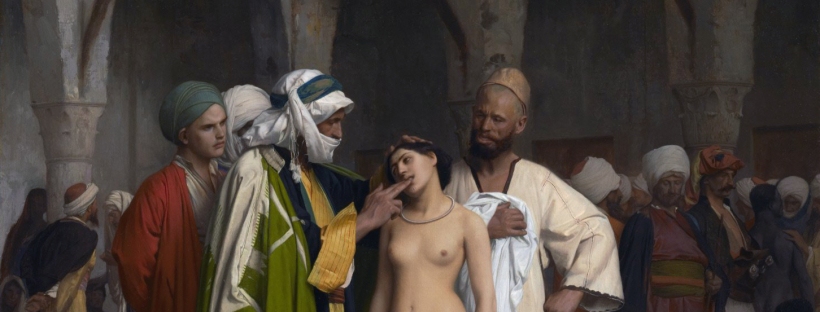Is also called the “Sex trade”; it consists of businesses which either directly or indirectly provide sex-related products and services or adult entertainment. The industry includes activities involving the direct provision of sex-related services such as prostitution as well as sex-related pastimes (pornography, adult magazines, toys, etc). Pay per view sex channels on television, strip clubs and sex shops are also part of the sex industry.
Prostitution
Prostitution is the main component of the sex industry and may take in a brothel, a client’s hotel, a facility provided by the prostitute, in a parked car or in the street. Often the prostitute’s sexual services are arranged by a pimp, escort agency or the prostitute herself. The legality of prostitution varies by jurisdiction and country (for example, prostitution is legal in New Zealand). Continuing with legality; sexual services are not limited to brothels but can be found in massage parlors, strip clubs, bars or someplace else. This is considered much safer than street prostitution.
Forced Prostitution
This is a form of prostitution and sexual slavery that takes place as a result of coercion by a third party. More than often, most people find difficulty finding a difference between voluntary sex work and forced prostitution. Forced Prostitution is a crime against a person because it is a violation of their human rights and their movement due to coercion and because of their commercial exploitation. This is illegal under customary laws in all countries; voluntary sex work has different legal statuses in different countries (it can be punishable by death in some countries or legal).
Resources:
“Sex Industry.” Wikipedia. Wikimedia Foundation. Web. 15 May 2016.
“Forced Prostitution.” Wikipedia. Wikimedia Foundation. Web. 15 May 2016.
Gerome, Jean-Leon. The Slave Market. 1866. Oil on Canvas. Clark Art Institute.

One thought on “The Sex Industry and Prostitution”